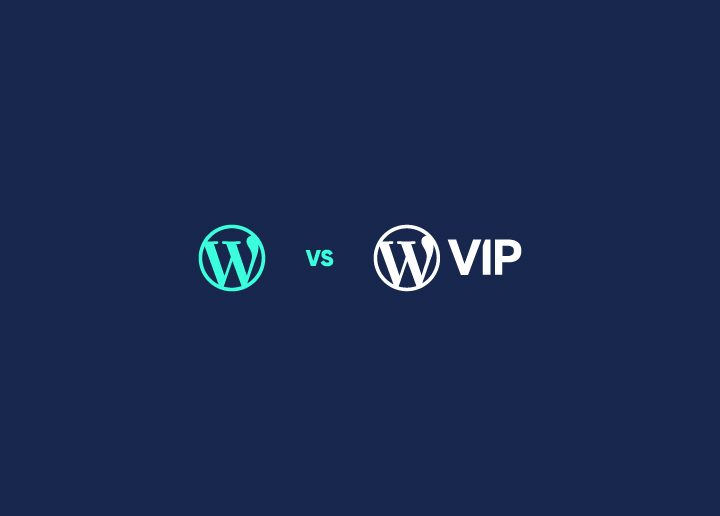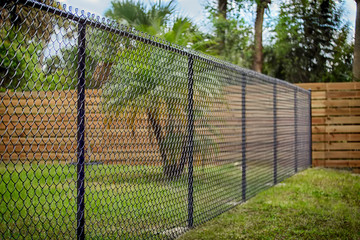Typography plays a pivotal role in web design, influencing not only how content is presented but also how users engage with it. Using typography effectively in web design can elevate a website’s visual appeal and usability, turning text into a powerful design element. This guide explores how to harness the full potential of typography to create stunning and functional websites.
The Power of Typography
Typography is more than just choosing pretty fonts. It’s about using text to enhance the user experience and convey the right message. Typography tips for web design revolve around understanding the interplay between typefaces, readability, and visual hierarchy.
Choosing the Right Fonts
How to choose fonts for web design involves selecting typefaces that align with your brand’s identity and the website’s purpose. For instance, a tech startup might benefit from sleek, modern fonts that convey innovation, while a bakery might opt for warm, inviting typefaces that reflect a cozy atmosphere.
When choosing fonts, consider these factors:
- Brand Identity: Fonts should reflect the personality of the brand. A law firm might choose classic serif fonts to convey professionalism, whereas a creative agency might use bold, playful fonts to showcase its creative edge.
- Readability: Fonts must be legible across various devices and screen sizes. Ensure that your text is easy to read by selecting appropriate sizes and weights.
- Contrast: High contrast between text and background improves readability. Dark text on a light background is generally more readable than the reverse.
Implementing Effective Typography Techniques
Effective typography techniques for websites can transform plain text into a compelling visual experience. Here are some techniques to consider:
- Hierarchy and Structure: Use typography to create a clear hierarchy on your web pages. This involves differentiating headings, subheadings, and body text through varying font sizes, weights, and styles. A well-defined hierarchy guides users through the content smoothly and helps emphasize key information.
- Line Spacing and Letter Spacing: Proper line spacing (leading) and letter spacing (tracking) enhance readability and aesthetic appeal. Adequate line spacing prevents text from appearing cramped, while appropriate letter spacing ensures that characters are easily distinguishable.
- Consistent Styling: Maintain consistency in typography across your site to create a cohesive look. Use a limited number of fonts—typically one or two—and stick to a consistent style for headings, subheadings, and body text. Consistency helps in building a professional appearance and improves user experience.
- Responsive Typography: Ensure that your typography adjusts seamlessly across different screen sizes. Responsive typography involves scaling text appropriately on mobile devices, tablets, and desktops. This ensures readability and a polished appearance on any device.
- Font Pairing: Combine fonts thoughtfully to create a harmonious design. Pairing a serif font with a sans-serif font can add visual interest and readability. For example, use a serif font for headings and a clean sans-serif font for body text to create a pleasing contrast.
Enhancing Visual Appeal
Using typography effectively in web design also involves enhancing the visual appeal of your website. Typography isn’t just functional; it’s also an art form. Here’s how to make your text look as good as it reads:
- Text Alignment: Experiment with left-aligned, center-aligned, or justified text to find the best alignment for your content. Left alignment is generally preferred for readability, while center alignment can be used for emphasis or decorative purposes.
- Text Color: Choose text colors that complement your overall design. Ensure that text color contrasts well with the background for optimal readability. Consider using color to highlight important information or calls to action.
- Decorative Elements: Use typographic elements such as drop caps, bold text, and italics to add flair and emphasize key points. However, avoid overusing decorative elements as they can distract from the main content.
Avoiding Common Typography Mistakes
To make the most of typography tips for web design, avoid common mistakes that can detract from your website’s effectiveness:
- Overloading with Fonts: Using too many different fonts can create a chaotic look and dilute the visual impact. Stick to a limited number of fonts and use variations within those fonts to maintain consistency.
- Ignoring Readability: Prioritize readability over aesthetic appeal. Avoid overly stylized fonts for body text and ensure that your text is easy to read at various sizes.
- Neglecting Mobile Experience: Ensure that your typography is optimized for mobile devices. Small text or poor scaling can result in a frustrating experience for mobile users.
Conclusion
Using typography effectively in web design is essential for creating an engaging and functional website. By mastering how to choose fonts for web design, implementing effective typography techniques for websites, and avoiding common pitfalls, you can craft a visually appealing and user-friendly online experience. Typography is not just about appearance; it’s a crucial element in guiding users, conveying messages, and enhancing the overall design. Embrace these principles, and let typography elevate your web design to new heights.





More Stories
The Importance of Website Navigation for User Experience
Minimalist Web Design: Less is More
How to Create a User-Friendly Website Layout